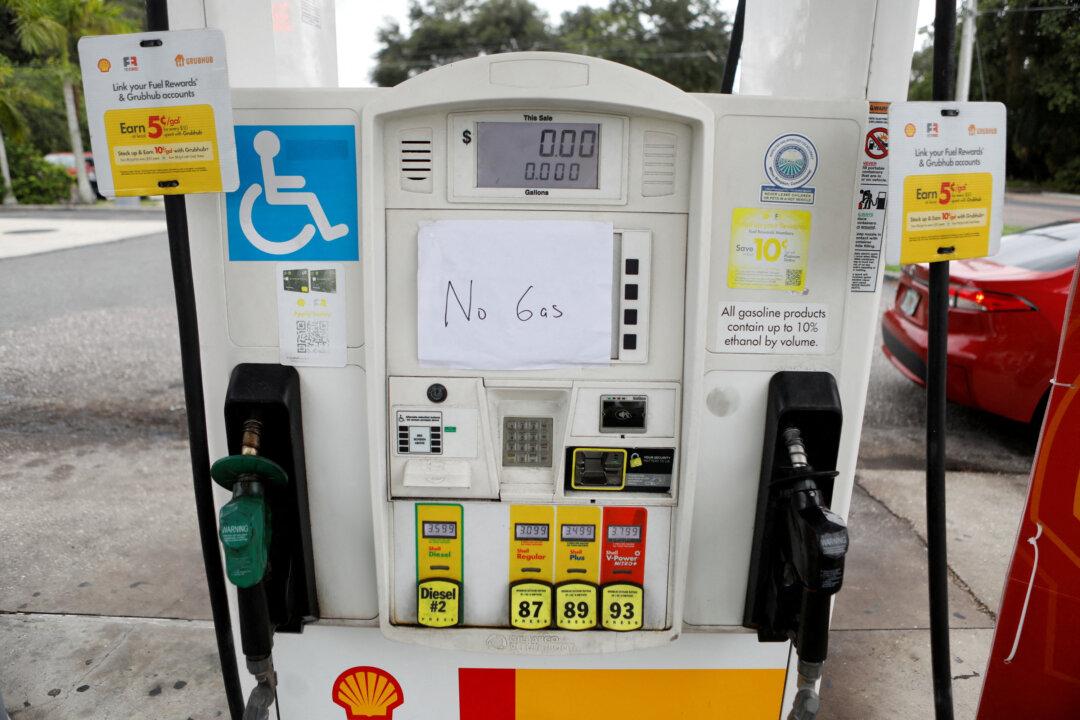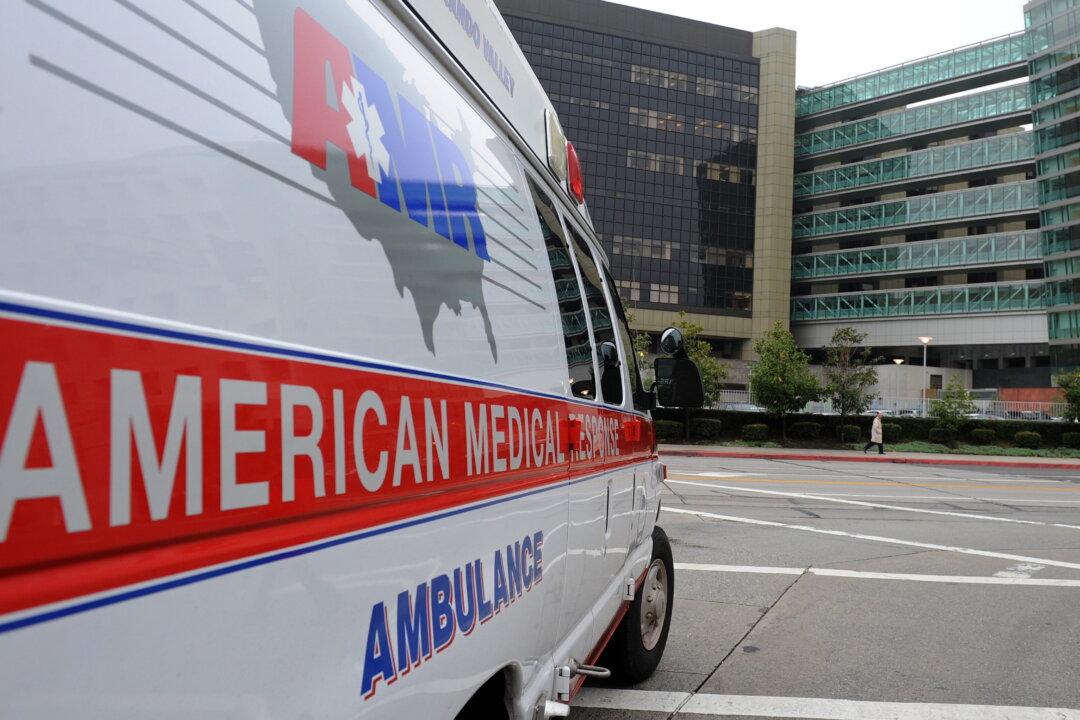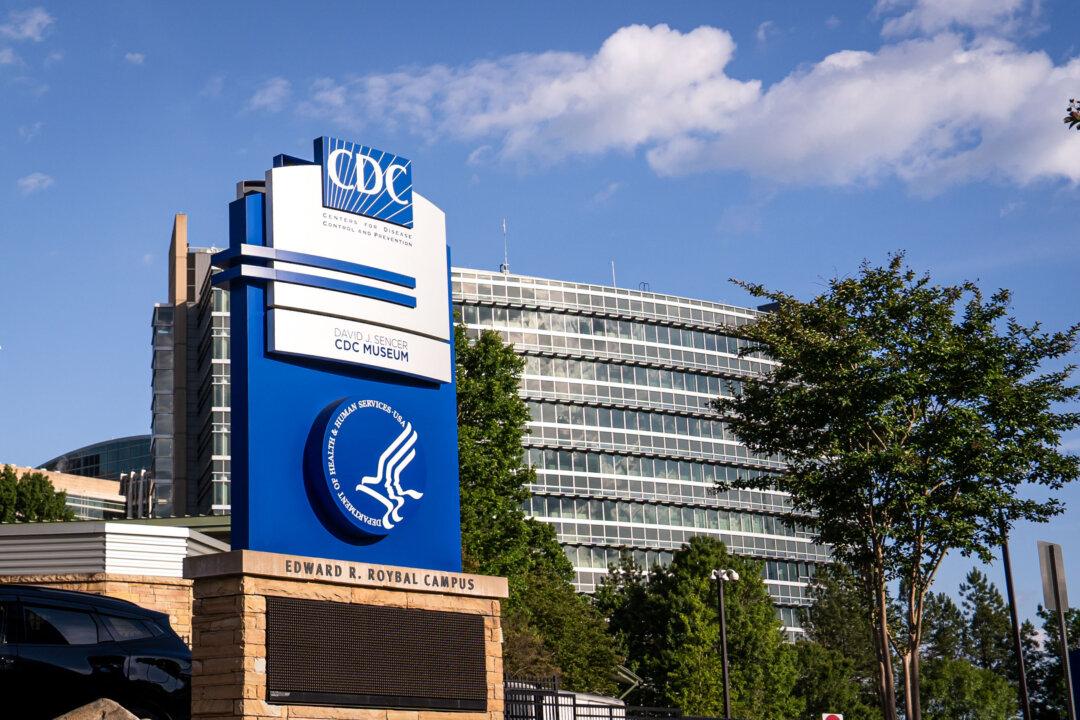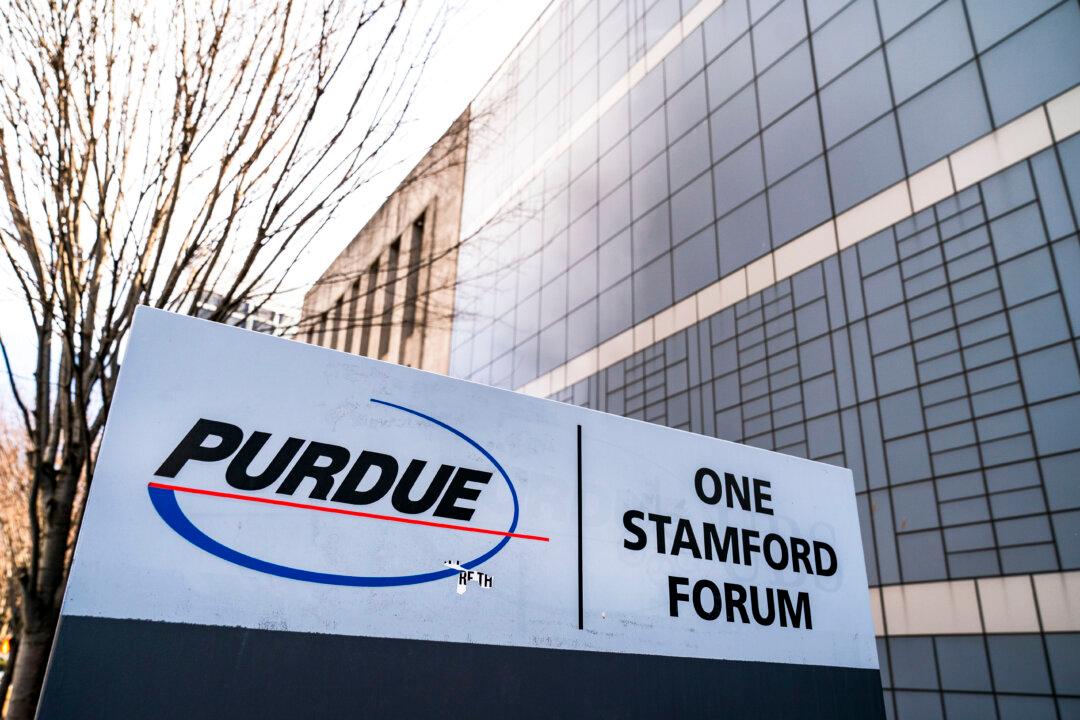Gas shortages have already begun in Florida as Hurricane Milton approaches the state generating up to 145 mph winds.
By Wednesday at 2:43 p.m., more than 24 percent of Florida’s 7,915 gas stations are out of fuel, according to fuel-tracker data provided by GasBuddy. That’s about 1,900 stations.





